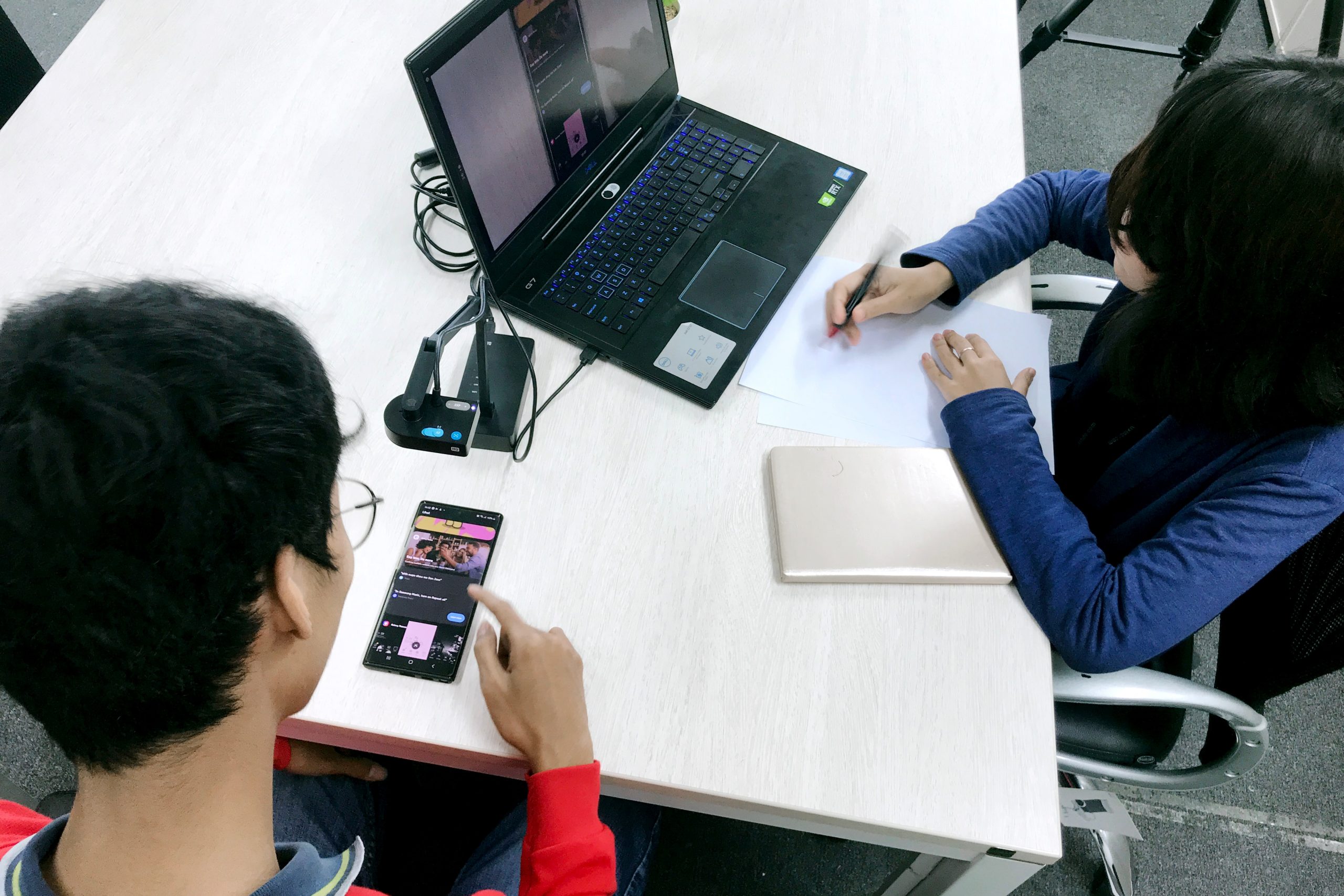Accessing information on the internet can sometimes be an incredibly frustrating experience for those individuals with disabilities. Software accessibility issues are common and often go unresolved and unnoticed. The good news is there are many experts who specialize on accessibility testing. In this article I’ll talk a little about the accessibility problem and some solutions.
Firstly, let’s start with the size and scope of the challenge. According to the CDC, 61 million (1 in 4) adults in the US live with a disability (cdc.gov). The CDC also reports that:
- 12 million people 40 years old and over in the United States have vision impairment, including 1 million who are blind (cdc.gov)
- 1 in 7 adults have mobility issues and with age disability becomes more common, affecting about 2 in 5 adults 65 and older (cdc.gov).
- Over 16 million people in the United States are living with cognitive impairment (cdc.gov)
- The National Institute on Deafness and Other Communication Disorder’s 2021 report noted that 1 in 8 people in the United States (13 percent, or 30 million) aged 12 years or older have hearing loss in both ears, based on standard hearing examinations (nidcd.nih.gov)
As UX Designers and Researchers, making this experience intuitive is what we specialize in; however, that often operates under the assumption that users navigate the web with the full functionality of a mouse, keyboard, screen, and speakers. If this assumption fails to hold true (i.e. someone cannot use a mouse, see the screen, or hear their speakers), our designs might inadvertently alienate a significant population of our users and fail the exact people we were initially trying to help.
To accommodate individuals with disabilities, accessibility and 508 compliance need to become a core part of the design process. If you are not familiar with Section 508 of the Rehabilitation Act, it is a set of standards that requires Federal agencies to make Information and Communications Technology (ICT) accessible to employees and members of the public who have physical, sensory, or cognitive disabilities.

As OneSpring’s Senior UX Designer, Sara Tung, pointed out, “User experience is improved for everyone when accessibility is considered in the design.” When thinking of accessibility, people typically think of permanent disabilities such as visual impairment or hearing impairment; however, it covers a much wider scope of users including (but not limited to) someone with:
- Limited mobility due to a cast or sling
- Color blindness
- Learning disabilities such as Dyslexia, ADHD, etc.
- A situational or environmental constraint such as a noisy room or new baby you need to hold in your arms
Designing for accessibility allows everyone, no matter their circumstance, to interact with your designs and content. Testing even the initial iterations of a website for accessibility will both minimize rework over the development life-cycle and give the entire team a much better idea of what is needed for a website to be accessible. Therefore, having someone who is certified in accessibility testing on your team is important to make sure it’s performed correctly. For example, some government projects require certified Department of Homeland Security (DHS) Trusted Testers to be on the team. Becoming a Trusted Tester is a commitment, which requires several weeks to complete (see this article to learn more).
To incorporate accessibility into your development life-cycle, consider brining on a specialist in this area. Alternatively, you could incorporate automated services like AccessiBe, COMPLYFirst, or Axe Dev Tools into the life-cycle to identify and change inaccessible parts of your application as it’s being developed. The bottom-line is that making sure your application is accessible helps insure the experience is improved for all users.




